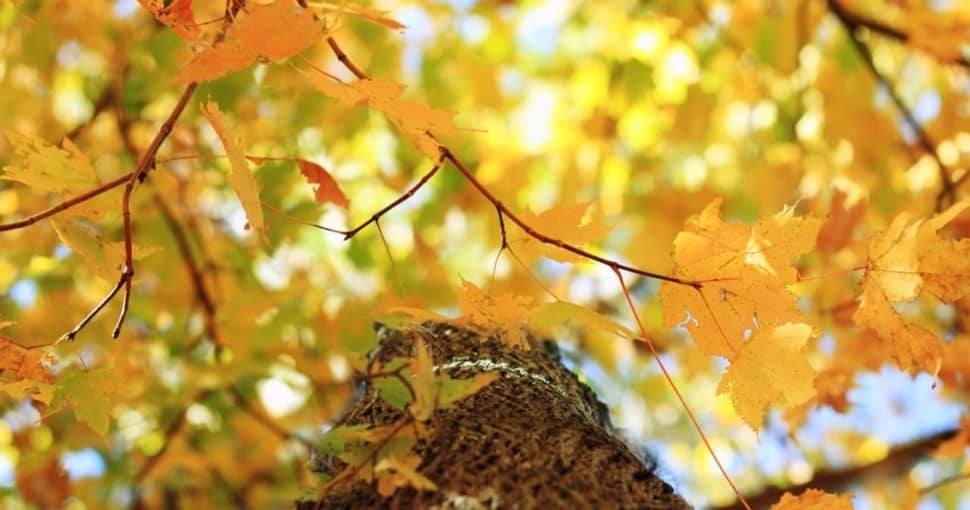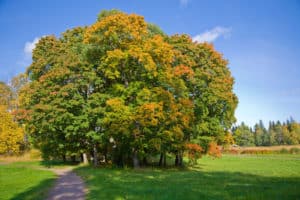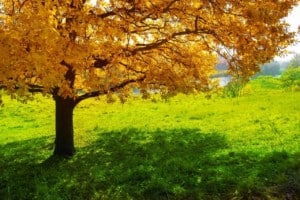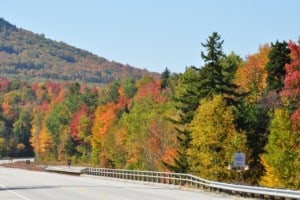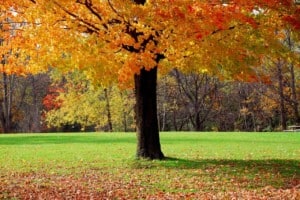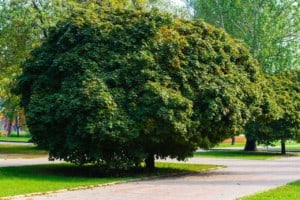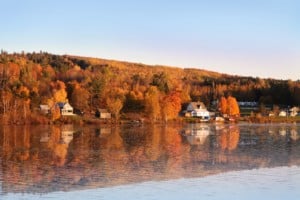Are you planning on planting Maple Trees on your property in Nova Scotia? Even though Nova Scotia has its fair share of hardwood trees, including Pines and Cedars, it doesn’t have many native Maple species. However, the Canadian province does have some Maple varieties growing on its soil. Read on to discover the types of Maple Trees in Nova Scotia that you can grow in your garden!
Contents
Even though it’s largely surrounded by the ocean and lies in the mid-temperature zone, Nova Scotia is a Canadian state that enjoys a slightly continental climate instead of a maritime climate. The province experiences freezing, snowy winters and pleasant, warm, and rainy summers.
Nova Scotia’s climate and landscape are often compared to that of Scotland. The province is blessed with a stunning landscape comprising several low mountain ranges, windswept barrens, hills, lakes, forests, lush river valleys, cliffs, and a stunning sea coast with rugged to sandy beaches. Moreover, Nova Scotia is home to Northern White Cedar, Eastern White Pine, and other Pine species. The province is also home to three Maple species – Sugar Maple, Striped Maple, and Red Maple.
Belonging to the Acer genus, Maple Trees are naturalized in temperature regions of the Northern Hemisphere, including North America, Europe, and some parts of Asia. Depending on the species, your Maple can grow into a multi-stemmed, shrub-like, small-sized specimen or a striking medium- to tall-sized tree. These are deciduous specimens cherished for their remarkable fall foliage and the sweet sap coursing inside their bark.
Many Maple species have attractive, large, lobed leaves that develop blazing red, copper, orange, and orange-yellow hues in fall. These trees have hardwood barks, straight-grained wood, and compact, round crowns. Timber manufacturers use the wood from these trees to make furniture, flooring, and other wooden objects. Maple Trees produce striking, two-winged, red-hued samaras and drooping clusters of greenish-yellow spring blossoms. They also have delicious sap used to make maple syrup.
Most Maple Trees reach the height of 30 to 70 feet and have equal or smaller crowns. These trees grow best in dense forests, riverbanks, and other landscapes with moist, free-draining soils. Most of these specimens need at least 6 hours of bright, direct sunlight and indirect or shaded light for the rest of the day to grow well-rounded fruits and beautiful leaves. Most Maple species are drought-resistant and cold-hardy. With that said, you still need to take care of their water and soil requirements for them to grow beautifully.
Here are some types of Maple Trees that are commonly grown in Nova Scotia with photos of leaves for easy identification.
1. Striped Maple (Acer Pensylvanicum)
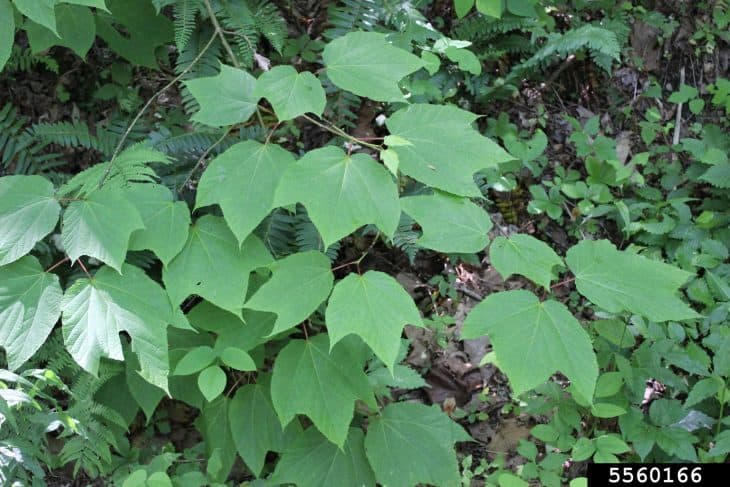
Native to the Gaspe Peninsula of Quebec and parts of Nova Scotia to southern Ontario, eastern Minnesota, and Michigan, Striped Maple is a deciduous understory tree. It also grows in Ohio, New Jersey, northern Georgia, and the Appalachian Mountains.
Striped Maple grows up to a height of 15 to 25 feet and has a shrub-like appearance. It features a rounded but uneven crown. This tree is known as Striped Maple because of its greenish trunk and bark sporting unique white stripes.
This ornamental specimen grows three-lobed, obovate, double-serrulate, dark green leaves that develop a bright yellow color in fall. Striped Maple also yields drooping clusters of tiny, yellow spring blooms. This tree grows best in partially shaded areas in free-draining, slightly acidic, moist soils.
2. Red Maple (Acer Rubrum)
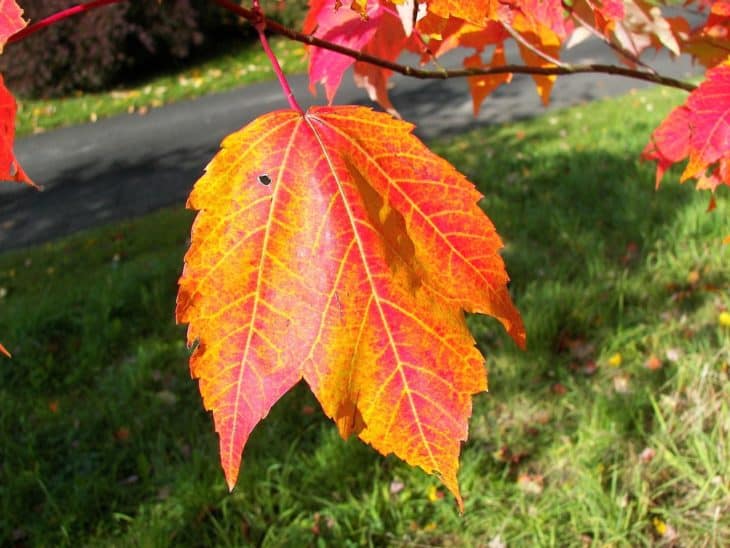
Red Maple is a native tree in the eastern deciduous forest in North America. These trees are found frowning in Minnesota, Maine, Texas, and Florida. They are 40 to 70 feet tall and have a wide, rounded or oval-shaped crown with an impressive width of 30 to 50 feet. This deciduous Maple species has lobed, toothed, medium to dark green leaves with green-gray bottoms.
This tree is known as Red Maple because of its flaming red fall leaves and red-hued new growths, such as fruits, flowers, and even twigs. Red Maple is an exceptionally strong, cold-hardy tree that thrives in well-lit or partially shaded sites in acidic, moist, free-draining soils. It yields two-winged, red-hued samaras and monoecious flowers.
3. Sugar Maple (Acer Saccharum)
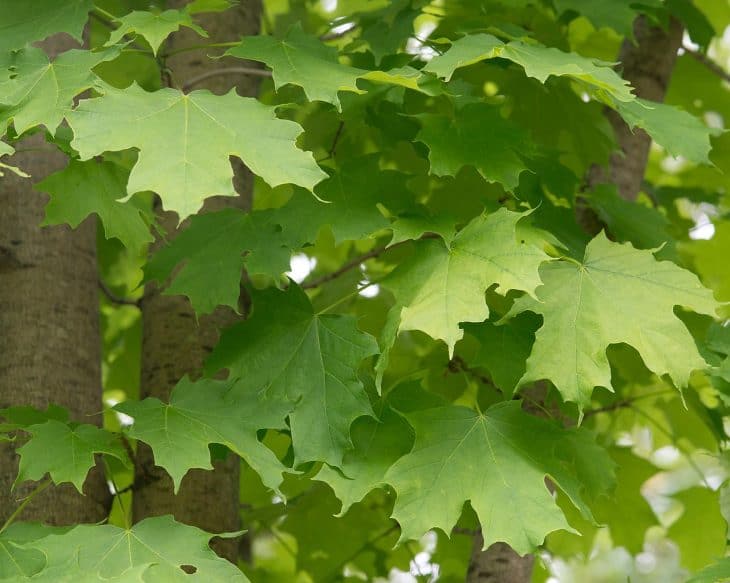
Sugar Maple is a native specimen in Missouri and parts of Kansas, Iowa, and Minnesota. Some Sugar Maple communities also lie in Georgia and the Carolinas. This slow-growing deciduous tree is also known as Rock Maple or Hard Maple. Its foliage is the Canadian national symbol.
Sugar Maple grows best in free-draining, slightly acidic, fertile, moist soils in well-lit sites. It features a dense, rounded crown that spreads about 30 to 60 feet wide in maturity. With an overall height of 40 to 80 feet, Sugar Maple is one of the most popular stately Maple species.
This striking tree features lobed, medium green, distinctive, large leaves that turn orange-yellow in autumn. It also yields green-yellow blooms and two-winged, red samaras. Sugar Maple gets its name from the popular sweet maple sap that flows through the tree trunk. It’s used to make maple syrup.
Sugar maple is very common in Canada, and is also commonly found in Southern Ontario and Manitoba.

